Technology companies are awfully fond of comparing their work to poetry and art. Unlike most poets and artists, though, techies seem incapable of leaving well enough alone.
In fact, the industry’s whole business model depends on rendering last year’s model obsolete and convincing customers to fork over money for something visibly different. True, that strategy often yields worthy products–but it has also been known to prompt “upgrades” that were new but hardly improved.
Herewith, a look at 10 disappointing (and sometimes disastrous) updates to formerly winning hardware, software, and services. No, this list doesn’t include the most legendary cruddy upgrades of them all, Windows Me and Windows Vista. (Covering them would have been like shooting operating systems in a barrel.)
Let’s start with an earlier Microsoft upgrade–one whose story sounds a lot like Vista’s, but which took place a couple of decades earlier.
1. DOS 4.0 (1988)
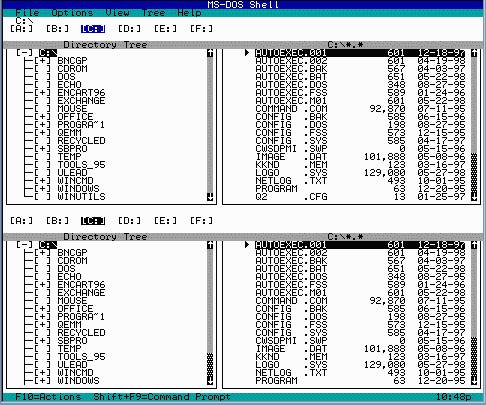
The product: Before the vast majority of the world’s computer users ran Microsoft Windows, they used the company’s MS-DOS, the operating system that Microsoft famously based on a product it had bought from a small Seattle software company for $75,000.
The bad things: Like many a lousy update, DOS 4.0–which shipped first in a version from IBM for its PCs–sounded impressive on paper (scroll to page 1 of this link for the story): It broke the 640KB memory limitation, could access hard disks larger than 32MB (woo-hoo!), and added a simple menu-based interface with mouse support. But it was incompatible with many well-known programs and was buggy as all get-out–and some of the bugs produced nasty side effects, such as a tendency to destroy users’ data.
News stories of the time read like modern-day coverage of Windows Vista: “Early DOS 4.0 Users Say ‘Stay Away'” (scroll to page 5 of this link for the story), for instance. As a result, many PC owners clung to DOS 3.3 with the same devotion that they and their computing successors have shown in recent years for Windows XP. (Even a year after DOS 4.0’s release, retailer Egghead Software reported that 3.3 was outselling 4.0 two-to-one.)
The aftermath: By the time Microsoft released a version of the OS for non-IBM PCs, the product’s version name had advanced to DOS 4.01, and most of the original kinks had been ironed out. But the damage to DOS 4.0’s reputation seemed to be irreparable: Competitor DR-DOS went straight to version 5.0 just to avoid any malodorous associations. DOS finally got back on track in 1991, when Microsoft released version 5.0–which was a perfectly pleasing product except for this promotional video.
2. Ashton-Tate dBase IV (1988)
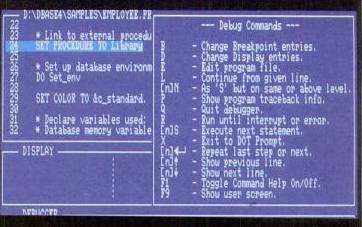
The product: In the 1980s, the database universe revolved around Ashton-Tate’s dBase.
The package inspired a bevy of add-ons and clones; countless companies dedicated themselves to performing dBase development and consulting.
The bad things: In 1988, Ashton-Tate released dBase IV (scroll to page 69 of this link for the story), the successor to dBase III Plus. Like many a major upgrade, the new version was sluggish and buggy. On top of those problems, it lacked one key feature dBase devotees craved: the ability to compile stand-alone applications that could run without a copy of dBase installed. Nor did Ashton-Tate dseem particularly interested in improving the product. Two agonizing years limped by before the company found time in its busy schedule to release dBase IV 1.1.
The aftermath: Despite its dominance, dBase faced serious competition: products such as FoxBase and Clipper not only were dBase compatible, but also nimbly stepped in to offer the features that Ashton-Tate had failed to offer. Users defected to them in droves. Though dBase didn’t vanish–actually, it’s still for sale–its market share cratered. In 1991, Ashton-Tate gave up and sold out to Borland; that company that couldn’t figure out how to reverse dBase’s fortunes either.
3. Polaris Packrat 5.0 (1993)
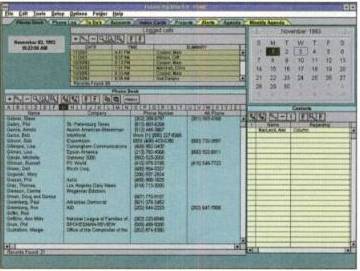
The product: Back in the late 1980s and early 1990s, if you used a PC to stay organized, there’s a good chance that you used Polaris Software’s PackRat, a popular and powerful personal information manager (PIM) that was the first such product to run in Windows (scroll to page 76).
The bad things: When PackRat 5.0 shipped, InfoWorld noticed some bugs (“we crashed”) but still pronounced it a winner in the magazine’s roundup of PIMs (scroll to pages 72-73). PackRat customers, however, were less tolerant. Many deemed the application unusable, and members on the company’s CompuServe forums seethed with anger (“your senior managers are crooks”).
Polaris’s president claimed that only 20 to 30 unhappy campers were responsible for the online hatefest. But ultimately the company was forced to admit that it had shipped a product that wasn’t ready for prime time.
The aftermath: Polaris moved remarkably slowly to patch up PackRat’s holes, and the company’s once-loyal customer base proved unforgiving. The software’s market share fell from 27 percent in 1993 to less than ten percent in 1994. Mass layoffs ensued, a merger with telephony company Octus fell through, and Polaris and PackRat faded into obscurity–except as a sobering object lesson for the rest of the software industry.
Next: Microsoft Word 6.0 for Mac, Starfish Sidekick 99, Netscape 6, Intuit TurboTax 2002, and more
4. Microsoft Word 6.0 for Mac (1994)
The product: Microsoft and Apple may be the tech world’s most inveterate archrivals, but that hasn’t stopped Microsoft from being a major developer of applications for Apple’s computers. It released Word for Mac in 1985–two years after the first version of the word processor appeared for Microsoft’s own MS-DOS–and it sells an updated version of the application to this day as part of Office 2008.
The bad things: Word 5.0 for Mac, which shipped in 1991, had been a well-reviewed hit. But for the next major upgrade, Microsoft decided to focus on creating a Mac version of Word that matched the features of Word for Windows. So it abandoned all the work it had done on the previous Mac edition in favor of a version that was based on Word for Windows. The result? Word 6.0 felt like a bloated, buggy invader from the Windows world–even the keyboard shortcuts had changed. Mac fans went berserk, and version 6.01 didn’t do much to calm them down (scroll to page 29).
The aftermath: Microsoft learned a lesson. Word 98, version 6.0’s successor, was a strong enough app that Macworld named it and the rest of Office 98 as its Software Product of the Year. “[For] the first time in a long time,” the magazine enthused, “Microsoft seems to actually understand what the elegance of the Macintosh is all about.” The company also split Mac development off into its own group, the Mac Business Unit, shielding it from the unhealthy, Windows-centric influence of the rest of the Office team.
5. Starfish Sidekick 99 (1998)
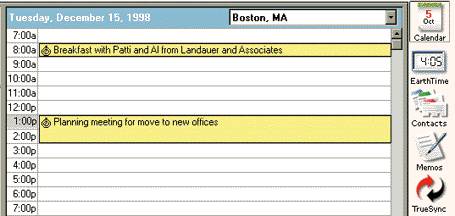
The product: No relation to the T-Mobile smartphones–which have problems of their own–Sidekick was an early PIM. Debuting in 1983 as the first blockbuster product developed by1980s software wunderkind Borland International, it later traveled with Borland founder Philippe Kahn to his new company, Starfish Software.
The bad things: By the late 1990s, many PC users were ticked off over bloatware–software that bulged with nonessential features and gobbled up excessive disk space. Kahn responded with the appealing-sounding concept of “slimware.” But Sidekick 99 wasn’t just slim; it was positively emaciated. Aside from some new PDA syncing features, almost all of its changes involved removing features. Though the program was a trim 6MB in size, it had lost the earlier Sidekick’s phone dialer, many of its importing and exporting features, its ability to output HTML calendars, and even its spelling checker. No wonder the predecessor, Sidekick 98, felt like the upgrade.
The aftermath: Six weeks before Sidekick 99 shipped, Kahn sold Starfish to Motorola, which said it would use the new acquisition’s mobile-synching technologies to “create a new generation of wireless devices that exchange information with each other as well as with a wide array of information sources, including PCs, the Internet and wireless service providers.” Instead, it didn’t do much of anything with Starfish. And poor Sidekick got lost in the shuffle: The dumbed-down Sidekick 99 was the sad final version of a venerable PC mainstay.
6. Netscape 6 (2000)
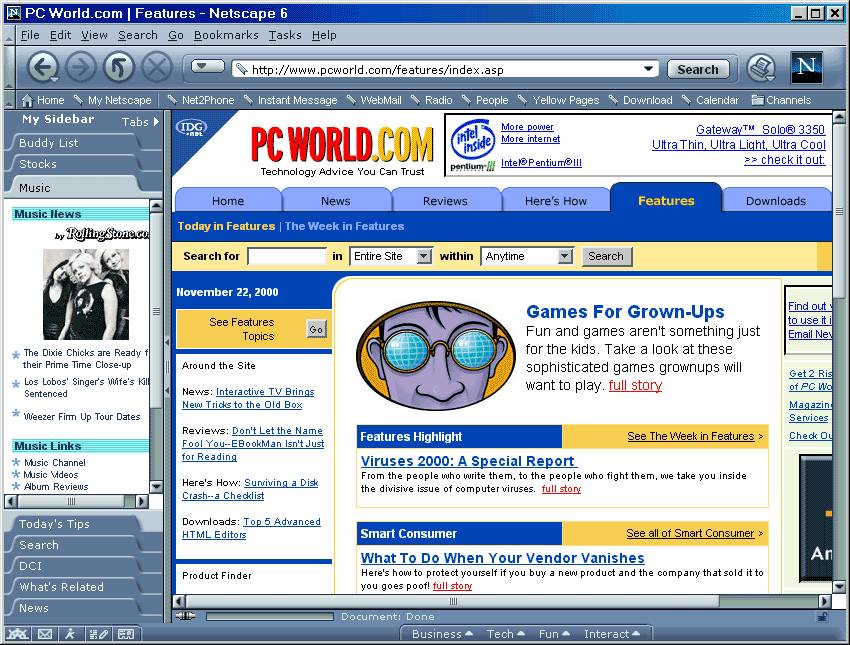
The product: Before the rise of Microsoft’s Internet Explorer, Netscape Navigator was the king of browsers and had introduced most of the computing public to the World Wide Web. And once Microsoft began pouring resources into IE, Navigator stood as its fiercest, most formidable competitor.
The bad things: Somewhere along the way, Netscape got so distracted by side issues–such as its enterprise software efforts and its purchase in 1998 by AOL–that it forgot to pay attention to its namesake browser. Engineers worked on Netscape 6 (which dropped the “Navigator” from its name) for a ridiculous 32 months before releasing it in November 2000. The first version of the browser built on the open-source Mozilla code base, Netscape 6 looked attractive and loaded pages quickly, but it was plagued by bugs and slow load times, prompting even long-time Navigator loyalists to abandon ship. Netscape eventually polished up the browser, but it was too late: By then, Internet Explorer’s market share surpassed 90 percent.
The aftermath: Netscape 6 eventually bequeathed its flagship status to Netscape 7, which in turn gave way to Netscape 8. In 2007, AOL released Netscape Navigator 9–yes, the “Navigator” returned–but announced later that year that it was killing the browser. Still, the story of Netscape has a happy ending, in a roundabout way: The hugely popular Firefox is based on a modern version of the same open-source Mozilla code that powered the underwhelming Netscape 6.
7. Intuit TurboTax 2002 (2002)

The product: Taxes are unavoidably…taxing. But Intuit’s TurboTax has long been the best-seller among applications designed to make paying Uncle Sam a little less arduous.
The bad things: By its very definition, tax software tends to be something that people pay for and then use only once. In 2002, Intuit decided that too many folks were skipping the “pay for” part, so it hobbled TurboTax with a product-activation scheme designed to defeat piracy. The security process required users to run a second program–one that prevented them from installing TurboTax on more than one computer and that sometimes failed to grant paying customers access to the software, period. The hassles prompted a class-action suit, and rival H&R Block ran ads touting the lack of copy protection its competing TaxCut software.
The aftermath: Despite the controversy, Intuit insisted that it was merely defending its intellectual-property rights, and refused to back down. But only for awhile: In May 2003, it announced that it was dumping product activation. The company apologized to users for having inconvenienced them, but it also conceded that the anticopying technology hadn’t generated increased sales as anticipated. TurboTax remains DRM-free to this day, though more and more users pay for the piracy-proof Web-based version rather than for the boxed software.
Next: Treo 650, Hotmail, and iMovie ’08
8. PalmOne Treo 650 (2004)
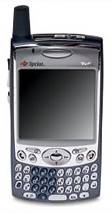
The product: The Treo–the telephonic scion of the pioneering PalmPilot PDA–wasn’t the first smartphone. It was, however, the first on that nailed the concept, starting with the Treo 180 in 2002 and continuing through a series of increasingly powerful and refined models manufactured by Handspring, and then PalmOne (which later reverted to its original name, Palm).
The bad things: In 2004, the Treo 650–successor to 2003’s Treo 600–added a higher-resolution screen, Bluetooth, a better camera, and a removable battery. The new device sold well and received good reviews. But it also presented users with an unappetizing platter of hassles. For one thing, the new nonvolatile file system allocated space less efficiently than the previous file system had, leaving the phone with only 23MB of available memory–a fact that some purchasers discovered only when they learned that the data they tried to transfer from their Treo 600 wouldn’t all fit in the new model. Treo 650 owners wound up receiving free 128MB SD Cards by way of compensation, but many still complained of crashes. And some found that defective SIM trays on the 650 caused spontaneous rebooting.
The aftermath: Palm continued to sell Treos (including both Palm OS and Windows Mobile models), but the brand had lost most of its luster. Today, Palm quietly offers one last Treo model, but it has bet the future of the company on the WebOS-equpped Pre and Pixi. May they age more gracefully than the once-beloved Treo did.
9. Hotmail (2007)
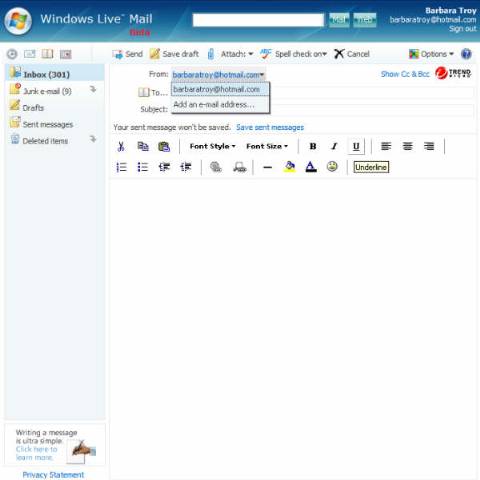
The product: Founded in 1996 and owned by Microsoft since 1997, Hotmail is the original free Webmail service, and it remains one of the world’s most popular ways to send and receive e-mail.
The bad things: In 2005, Microsoft began beta-testing an all-new version of its e-mail service, initially code-named “Kahuna.” The service’s look and feel were reminiscent of the company’s Outlook e-mail client, and Microsoft announced that it would retire the Hotmail name in favor of Windows Live Mail. Unfortunately, many users found the new interface cumbersome and liked the old Hotmail–including its moniker–just fine. In short, they were far less enthusiastic about the changes than Microsoft was.
The aftermath: One benefit of lengthy beta-testing periods is that companies have more time to undo unpopular decisions–even ones they’ve been proudly trumpeting. In February 2007, Microsoft announced that Hotmail would be changing its name to…Windows Live Hotmail. And by the time the company began rolling out the official version in May, it had also decided to leave the old Hotmail interface in place as the default. The new interface it had been toiling on for so long became strictly optional.
10. iMovie ’08 (2007)

“Missing Scads of Features”
The product: Apple’s decade-old video-editing package is one of the stalwarts of the company’s iLife suite, whose excellence is one of the most compelling arguments for buying a Mac. Over the years, iMovie has also influenced plenty of video editors for Windows.
The bad things: To hear Steve Jobs tell it, iMovie ’08 started out as a side project by an unnamed brilliant Apple engineer but was so impressive that it became iMovie ’08. It was less an upgrade from iMovie HD 6 than a new product that happened to be called “iMovie.” It had a different interface and omitted scads of iMovie HD 6 features–you didn’t even get a timeline of your movie. David Pogue of the New York Times called it “a step backward” and an “utter bafflement.” And his assessment was polite compared to the response of some iMovie enthusiasts.
The aftermath: The chorus of disapproval over iMovie ’08 was so deafening that Apple did something most unusual: It made the old version of the app available as a free download for disgruntled users. More important, the “brilliant engineer” (video-editing genius Randy Ubillos, we later learned) went back to the drawing board and came up with iMovie ’09–an upgrade that earned positive reviews.
Former PC World Editor-in-Chief Harry McCracken now blogs at Technologizer .
Source: PCworld.com




